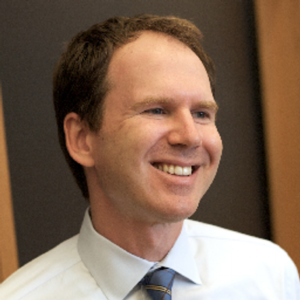
Benjamin Sachs is the Kestnbaum Professor of Labor and Industry at Harvard Law School and a leading expert in the field of labor law and labor relations. He is also faculty director of the Center for Labor and a Just Economy. Professor Sachs teaches courses in labor law, employment law, and law and social change, and his writing focuses on union organizing and unions in American politics. Prior to joining the Harvard faculty in 2008, Professor Sachs was the Joseph Goldstein Fellow at Yale Law School. From 2002-2006, he served as Assistant General Counsel of the Service Employees International Union (SEIU) in Washington, D.C. Professor Sachs graduated from Yale Law School in 1998, and served as a judicial law clerk to the Honorable Stephen Reinhardt of the United States Court of Appeals for the Ninth Circuit. His writing has appeared in the Harvard Law Review, the Yale Law Journal, the Columbia Law Review, the New York Times and elsewhere. Professor Sachs received the Yale Law School teaching award in 2007 and in 2013 received the Sacks-Freund Award for Teaching Excellence at Harvard Law School. He can be reached at [email protected].
As Uber has done countless times before, it argued in a recent NYT op-ed that the firm can’t possibly classify its drivers as employees because doing so would undermine the core feature of its business model: “flexibility.” I have argued many times myself that Uber’s argument about flexibility is nothing more than a myth; that workers – including drivers – can be classified as employees and still operate with robust flexibility. Uber has now admitted as much. In yesterday’s NYT, we learned that Uber is considering transitioning to a business model according to which it would license its brand “to operators of vehicle fleets in California.” As Veena explains in a new post, this franchise model would allow Uber to continue hiding from its responsibility to the drivers. But, there’s another critical point here: under such a licensing and franchise model, the drivers would be employees of the vehicle fleets operating under Uber’s name. So, puzzle me this: if the Uber model can function with drivers classified as employees of the fleets, why can’t it function with drivers classified as employees of Uber? The answer is the same as it has always been: employment status is completely consistent with Uber’s successful operation. The firm doesn’t want anyone to believe this because employment status would require it to transfer additional income to the drivers. But that has nothing to do with flexibility. It has everything to do with their bottom line.
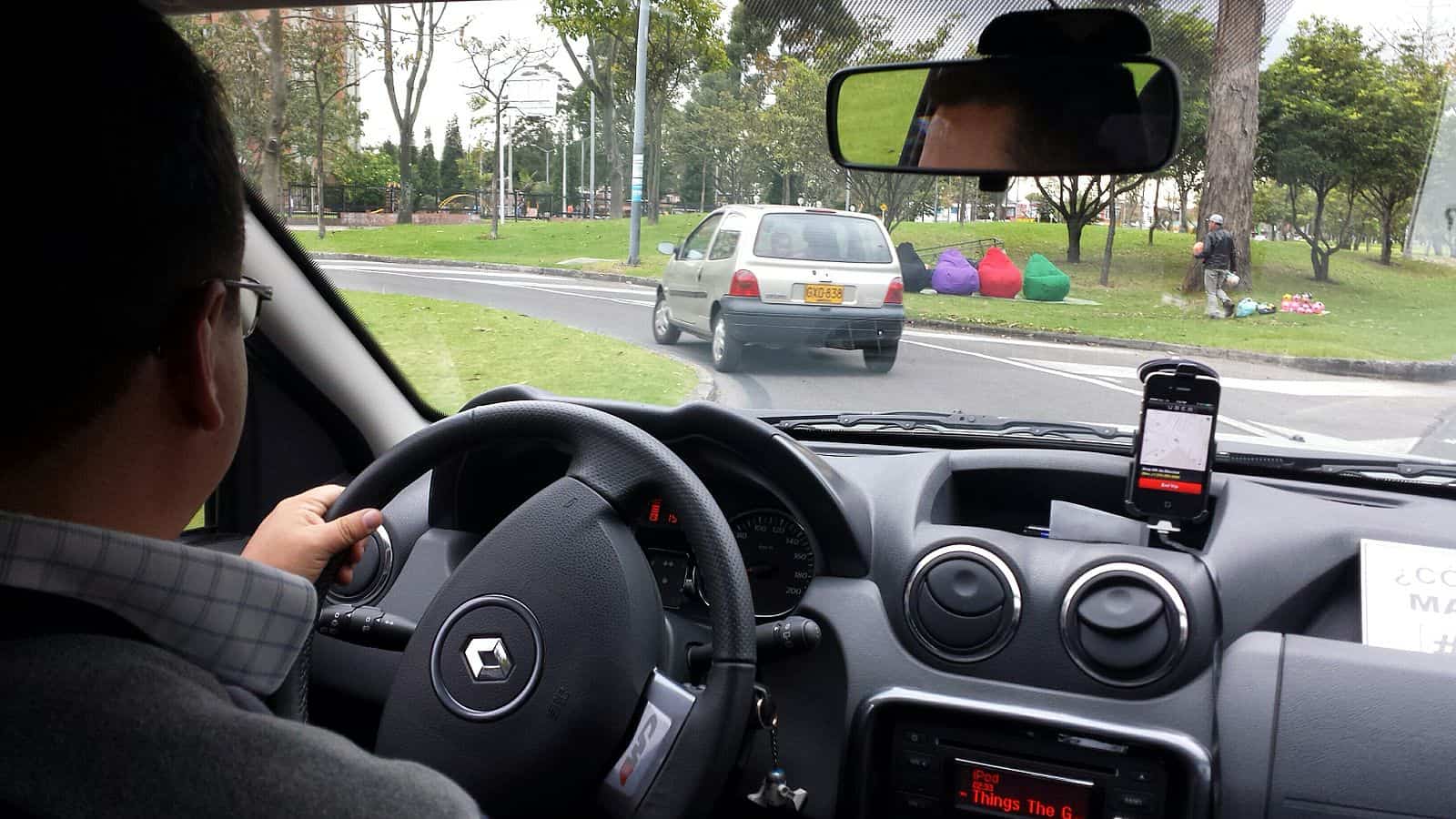
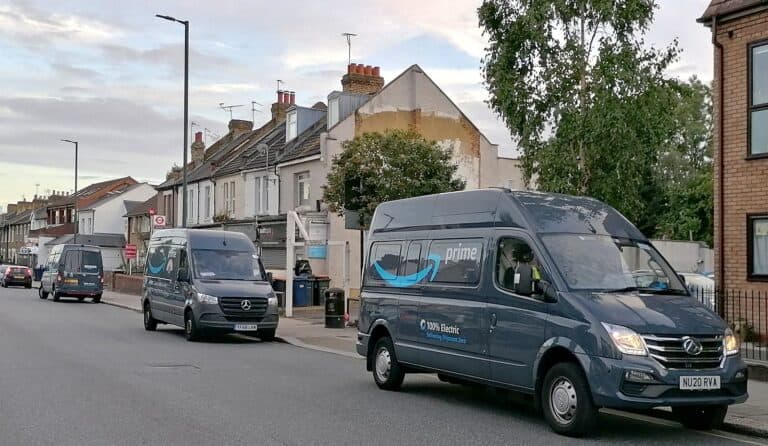
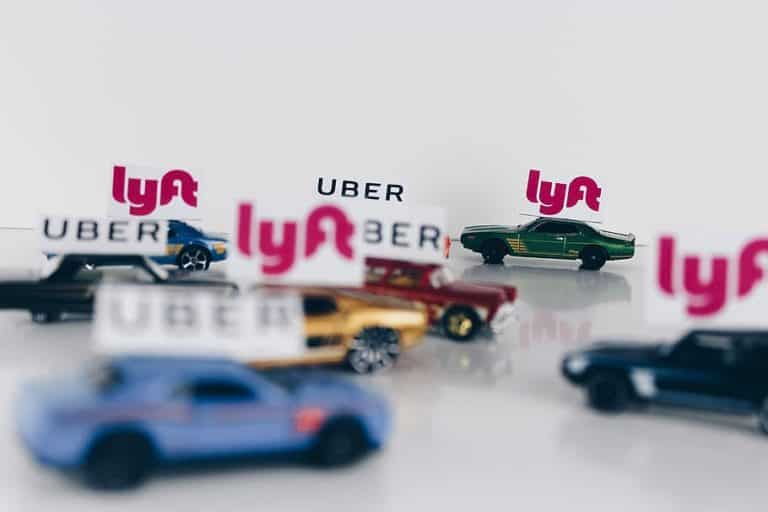





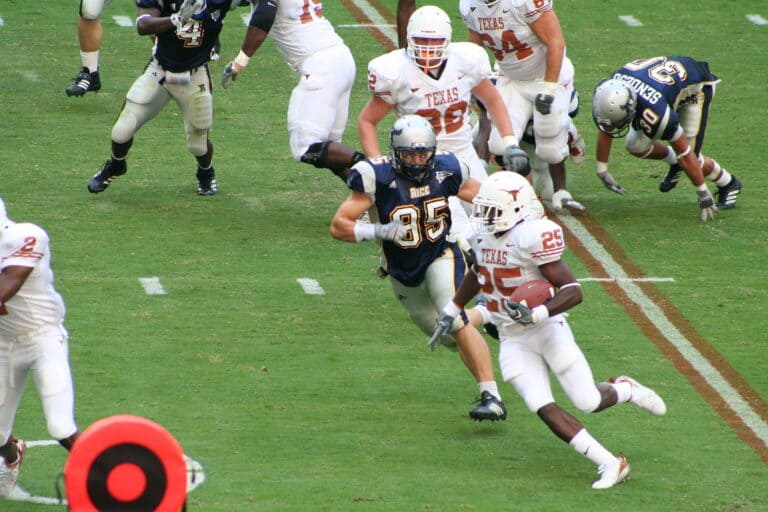
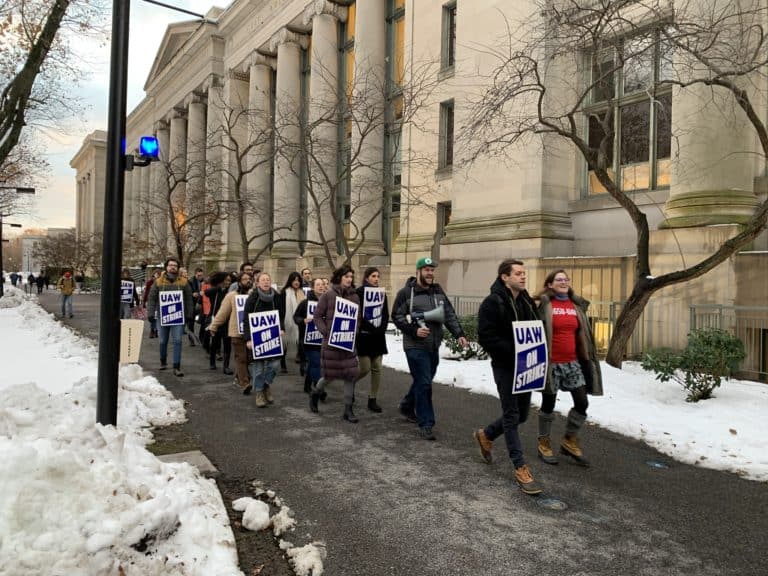
Daily News & Commentary
Start your day with our roundup of the latest labor developments. See all
November 28
Lawsuit against EEOC for failure to investigate disparate-impact claims dismissed; DHS to end TPS for Haiti; Appeal of Cemex decision in Ninth Circuit may soon resume
November 27
Amazon wins preliminary injunction against New York’s private sector bargaining law; ALJs resume decisions; and the CFPB intends to make unilateral changes without bargaining.
November 26
In today’s news and commentary, NLRB lawyers urge the 3rd Circuit to follow recent district court cases that declined to enjoin Board proceedings; the percentage of unemployed Americans with a college degree reaches its highest level since tracking began in 1992; and a member of the House proposes a bill that would require secret ballot […]
November 25
In today’s news and commentary, OSHA fines Taylor Foods, Santa Fe raises their living wage, and a date is set for a Senate committee to consider Trump’s NLRB nominee. OSHA has issued an approximately $1.1 million dollar fine to Taylor Farms New Jersey, a subsidiary of Taylor Fresh Foods, after identifying repeated and serious safety […]
November 24
Labor leaders criticize tariffs; White House cancels jobs report; and student organizers launch chaperone program for noncitizens.
November 23
Workers at the Southeastern Pennsylvania Transportation Authority vote to authorize a strike; Washington State legislators consider a bill empowering public employees to bargain over workplace AI implementation; and University of California workers engage in a two-day strike.